MICROBIOME:
The Kingdom of the Gut
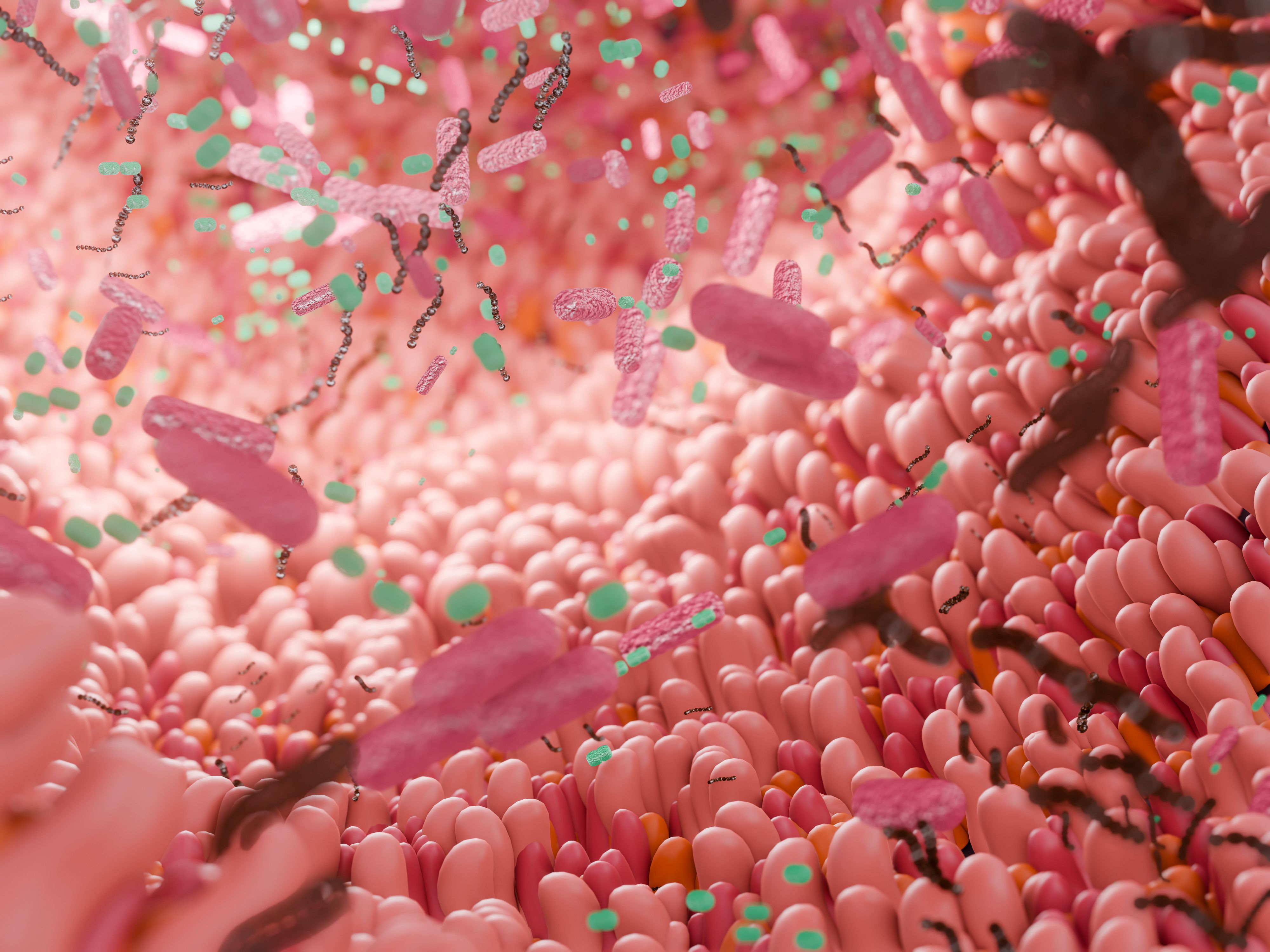
A hidden community of billions is working to keep your body running smoothly.
It’s affected by what you eat and drink, any medicines you take, how much you exercise, and how often you poo.
It has also been linked to type 2 diabetes, heart disease, obesity, mental health, and dementia.
Meet your gut microbiome: a community of around 4,500 different types of bacteria living in your bowels.
You carry around as many microbial cells as human cells in your body.
The community's composition is different in all of us, but when it’s knocked out of balance, so are you.
Cambridge scientists are trying to get a grasp on the basic rules these bacteria play by, in the hope of understanding not only what’s going on in there, but how we might be able to use our microbiome to our advantage.
Bugs for health
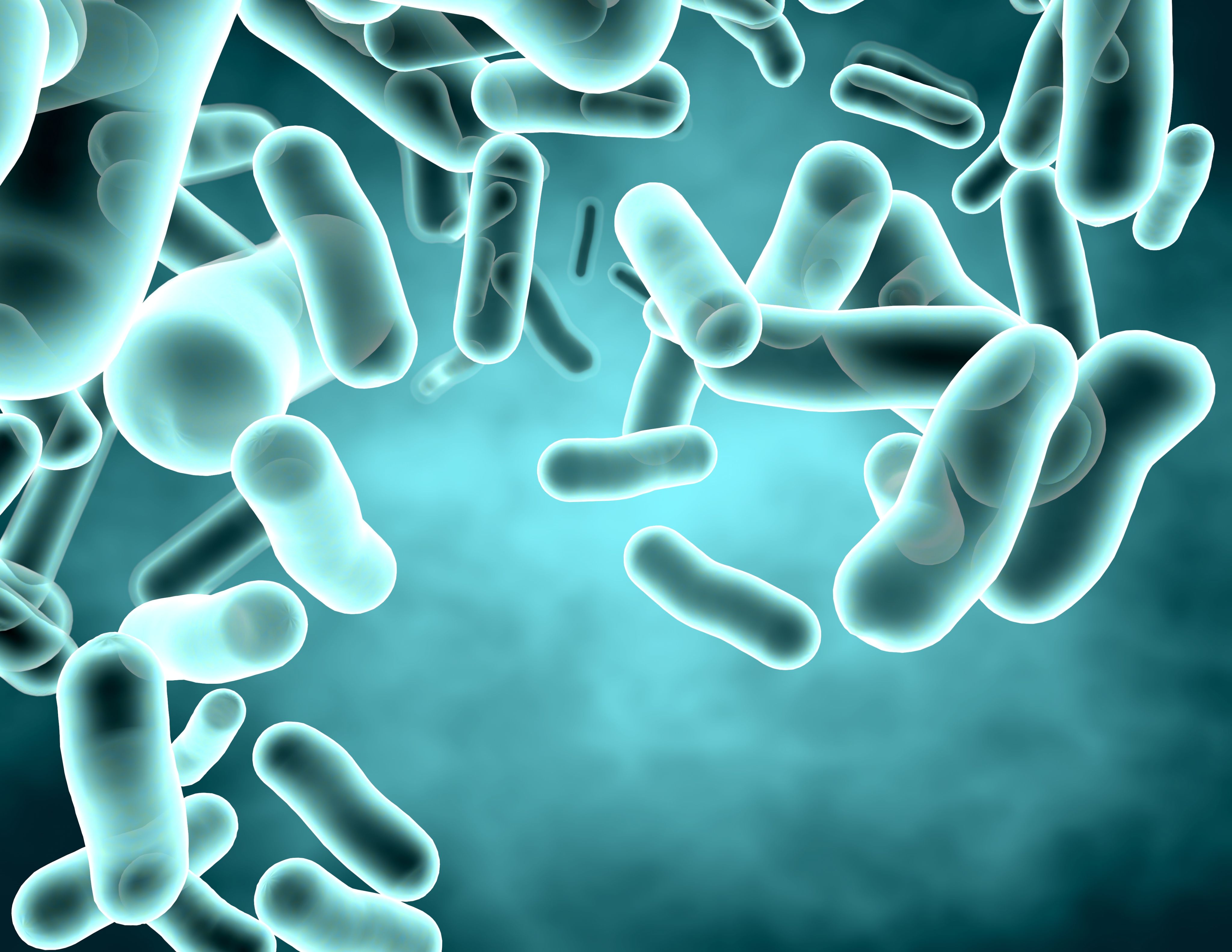
Dr Alexandre Almeida leads the Microbiome Function and Diversity lab at the University’s Vet School. He sees huge potential for using the gut microbiome to improve medical diagnostics and treatment.
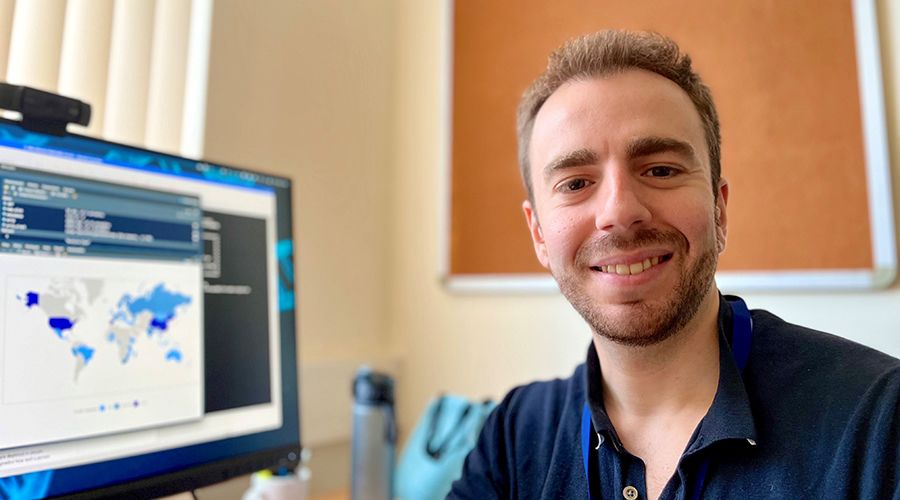
By sequencing the DNA within faecal samples, and using computational techniques to piece together the fragments, he has found a way to identify the specific bugs within an entire gut microbiome. To his surprise, 70% of these bugs had never been detected before in faecal samples.
“Only a fraction of the bacteria in the microbiome have been grown in the lab using established techniques. Now, using a DNA-based approach, we can look at the complete repertoire of bacterial species within faecal samples for the first time. We’ve discovered around 3,000 species that weren’t previously known to exist within the gut,” says Almeida.
The technique allows Almeida to see an individual’s 'microbiome signature’ – the composition of different bugs present in the gut, which is unique to each of us.
By analysing large public datasets from studies across the world, Almeida is trying to find microbiome signatures for specific diseases – or see if there are signatures that are common to several diseases.
He’s starting to make associations. Some bugs in the microbiome are depleted in people with inflammatory bowel disease or colorectal cancer; others can predict how well a person will respond to certain cancer treatments.
Faecal transplant
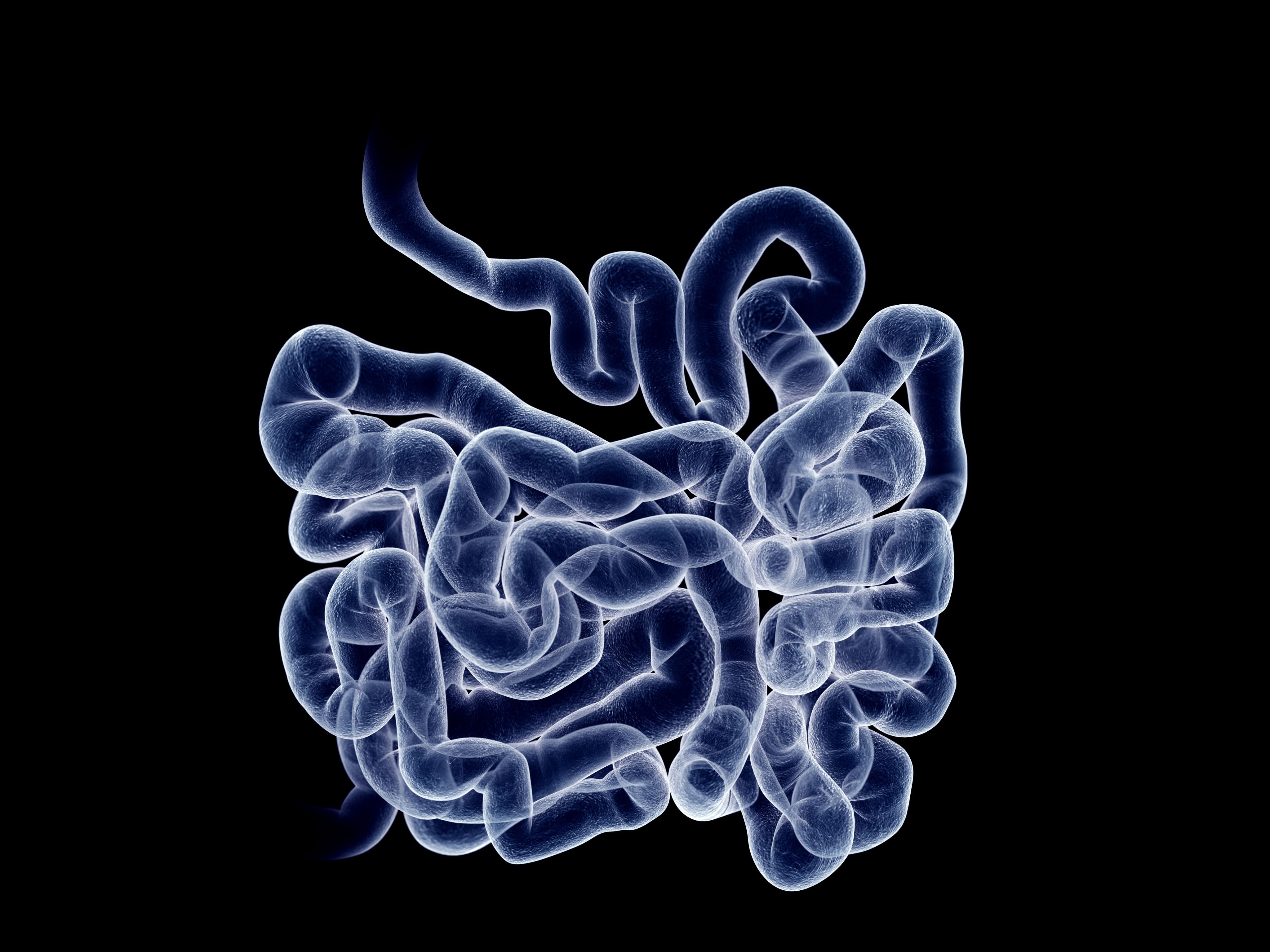
“If we find that the microbiome signature is a strong signal of disease, even if there’s no cause-and-effect relationship, we could use this as a complementary diagnostic tool for various diseases,” says Almeida.
“Providing a faecal sample is relatively easy and non-invasive,” he adds, “so people could be classed according to disease risk, and then the most at-risk group could have more in-depth testing.”
Once a link is found, the next challenge is to work out the relationship between the two factors. Is a certain microbiome signature causing depression, for example, or is depression causing people to eat differently – which alters their microbiome? If this cause-and-effect can be teased out, the longer-term aim would be to use specific gut microbes to treat the disease.
“If we can prove a particular microbiome is protective against a certain disease, maybe we can inoculate the gut with beneficial bacteria to reduce the risk of certain people developing these diseases.”
Alexandre Almeida
The most promising result so far is in treating people who have a C. difficile infection, which causes diarrhoea. C. difficile is present in low numbers in a healthy gut, but when the microbiome is depleted – for example by taking antibiotics – the bug takes the opportunity to multiply and this causes illness.
A ‘faecal transplant’ - putting faeces from a healthy person into the colon of someone with C. difficile infection - fixes the problem in around 90% of cases.
“The challenge is that one species of bacteria could be very beneficial to you but not to me because of the existing gut communities we have,” says Almeida. “It’s all about the interaction between the different bugs, and that’s extremely complex. But I like a challenge.”
Bugs and drugs
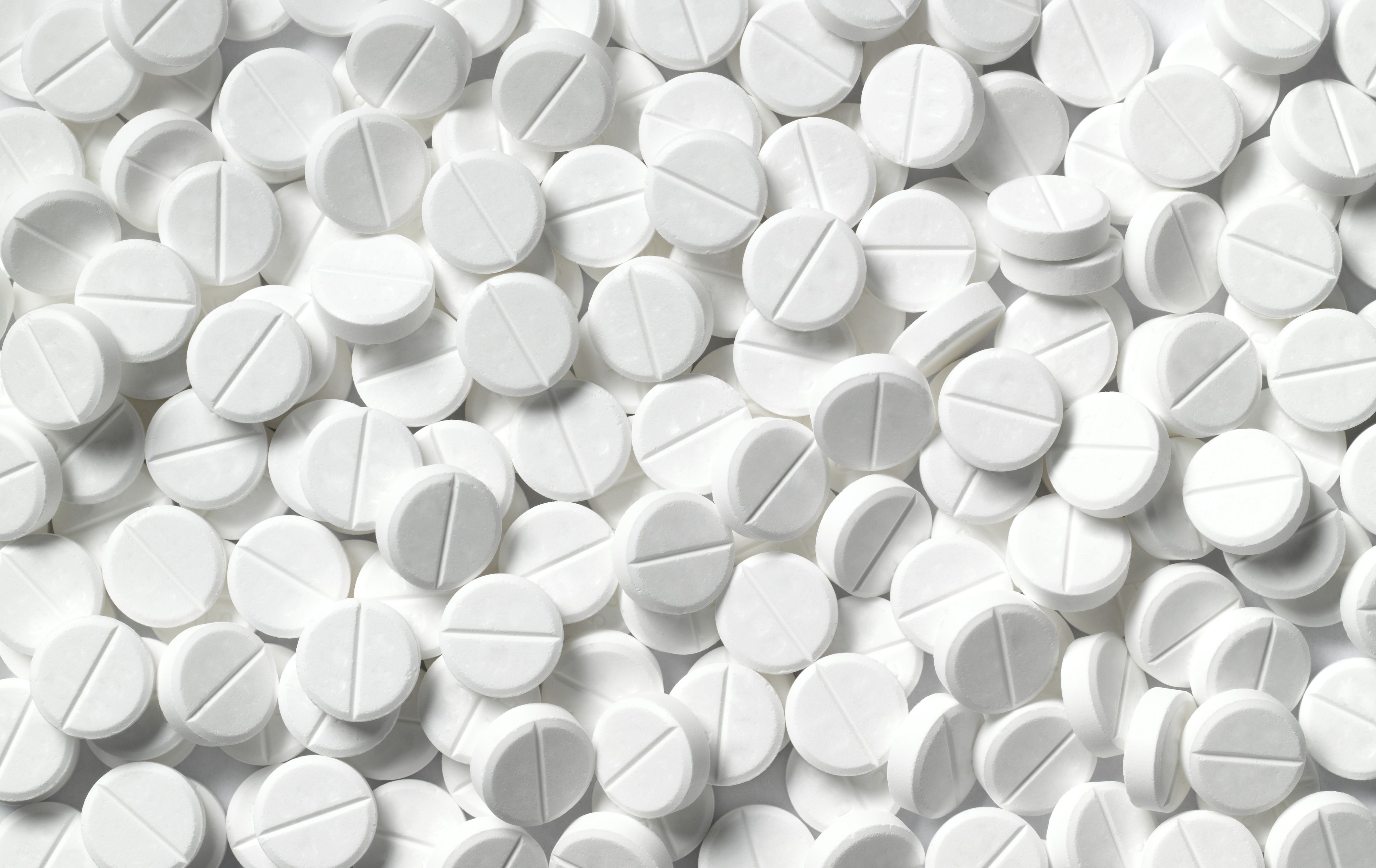
Professor Kiran Patil, a researcher at the University’s MRC Toxicology Unit, is investigating how gut bugs and medications affect each other.
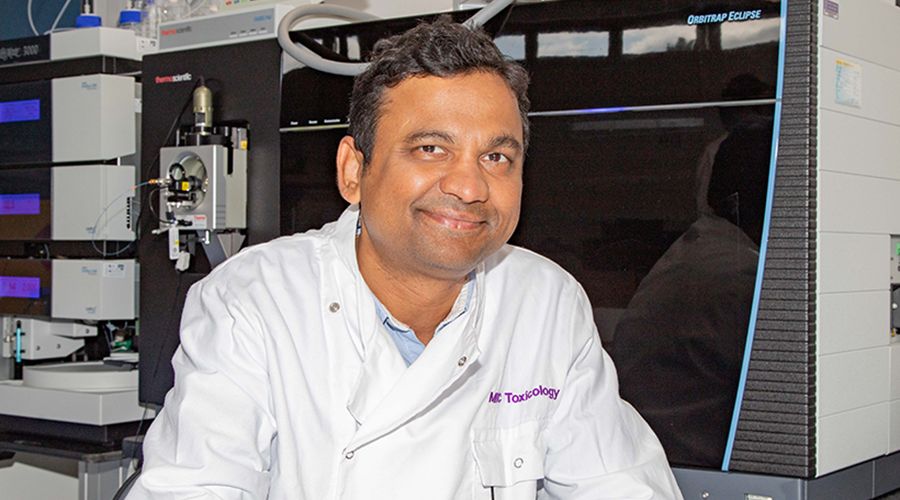
“The effectiveness of many medications, and the side-effects they cause, seems to depend on the composition of the gut microbiome,” says Patil.
With his team he’s looking at some of the specific bacteria, one by one, found within a healthy microbiome to try and understand how they interact with 1,200 different FDA-approved drugs.
“We’re looking at antibiotics, all sorts of painkillers, anti-psychotics, anti-depressants – and following up interesting findings,” he says.
“Curiously, many compounds that act on the nervous system, like anti-psychotics and anti-depressants, seem to have quite strong interactions with the gut bacteria.”
Kiran Patil
His team has discovered that commonly-used drugs, including the anti-depressant Duloxetine and anti-inflammatory Roflumilast, are accumulated or modified by gut microbiome. This likely alters the drugs’ effectiveness and the likelihood of side-effects.
Patil’s approach is to understand the mechanisms underlying the interaction between drugs and specific gut bacteria in isolation, and then to build gradually more complex mixtures of bacteria, and use computational techniques, to start understanding the effects of drugs on complex gut microbiomes.
The aim is to tailor medication for certain conditions depending on composition of an individual’s gut microbiome.
“We’re all different, but at the moment everyone is offered the same treatments. It’s becoming clear that microbiome composition should be taken into account when prescribing drugs and dosages for certain illnesses,” says Patil.
“Many anti-depressants and anti-psychotics for example have gastrointestinal-related side-effects like weight gain, which often leads people to stop taking them,” he adds. “If you could predict whether a person would get side effects that would be a huge benefit.”
Unintended consequences
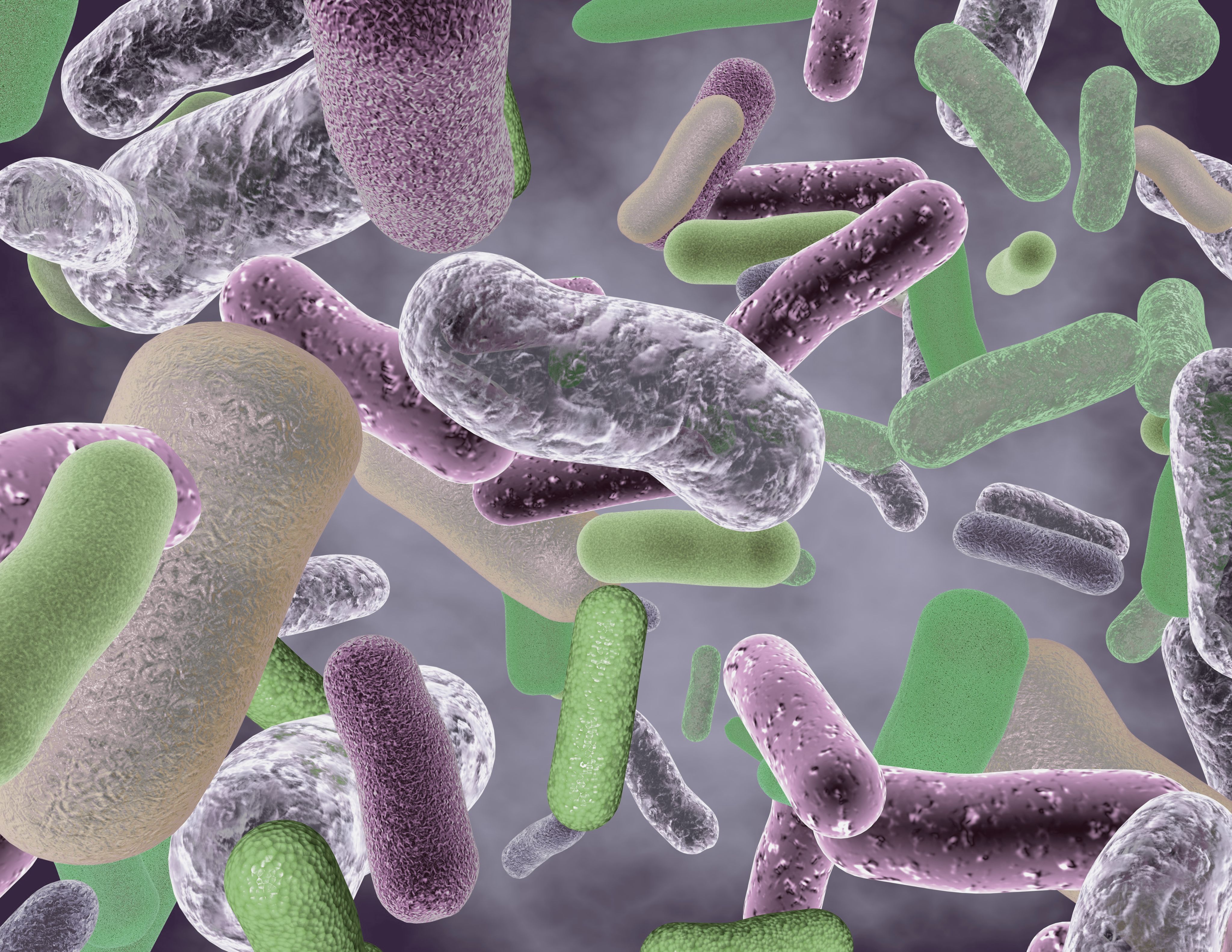
As well as the bugs’ effect on the drugs, Patil’s work has found that one in four drugs on the market has a negative effect on at least one harmless bug in the gut.
These drugs can profoundly change the metabolism of the gut bacteria - for example they might cause certain bacteria to make more vitamins, which other types of bacteria can feed on - and this in turn can change the entire composition of the microbiome.
“That’s really surprising, because these are drugs designed to target human cells – but they’re affecting the gut bacteria,” he says. “A change in the microbiome doesn’t always mean something, but long-term disturbance can contribute to the onset or progression of many diseases, like type 2 diabetes.”
His team’s work also suggests that taking certain medications long-term can cause a person’s gut microbiome to become resistant to antibiotics – even if they’ve never taken antibiotics.
“If a drug is toxic to gut bacteria, they pump it out. The proteins they use to do this are the same proteins they would use to pump out antibiotics – so they can become antibiotic-resistant without ever encountering antibiotics.”
He adds: “The distinction between non-antibiotic and antibiotic drugs is a human one anyway, bacteria don’t care – if something’s toxic they pump it out.”
The distinction between drugs and other chemicals is a human one too, and as well as drugs, Patil’s team is mapping the interaction of over 1,000 chemical pollutants with the microbiome - including pesticides, herbicides, flame retardants, and the ‘forever chemicals’ PFAS that have been linked to cancers and immune dysfunction. It’s likely that many of them are affecting our gut bacteria in ways we need to understand.
Within the last decade, gut microbiome studies have undergone a quiet revolution - gaining rapid popularity as the far-reaching impact on human, animal and environmental health has become clear. Cambridge scientists are drawing together their expertise to improve understanding of this hidden world – and use it to our advantage.
Article published: 24 August 2023
Further information:
The text in this work is licensed under a Creative Commons Attribution-NonCommercial-ShareAlike 4.0 International License
